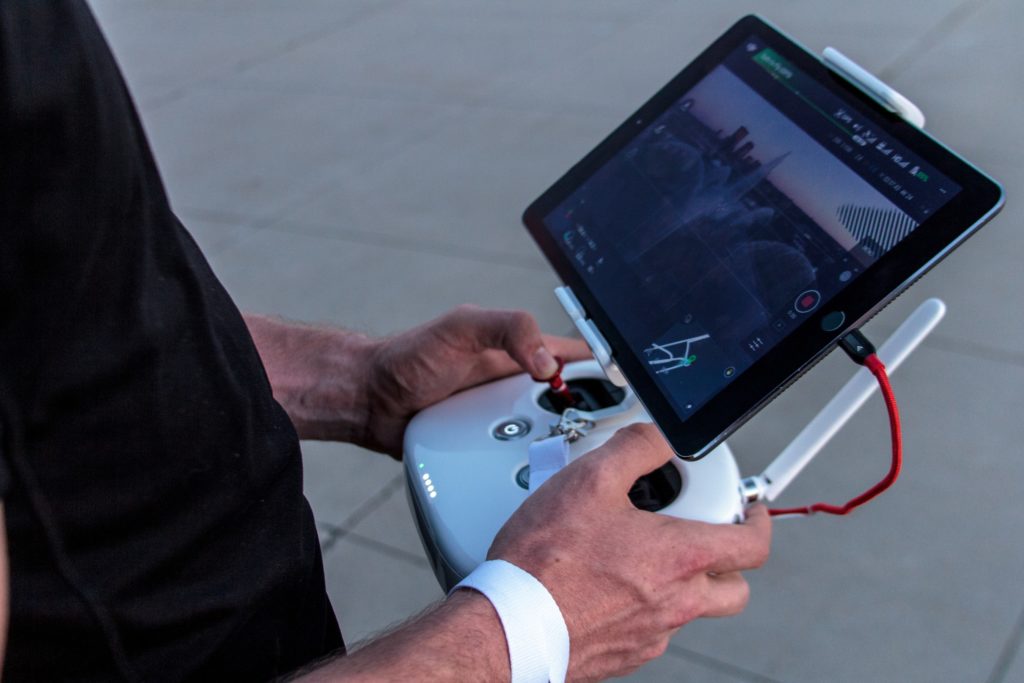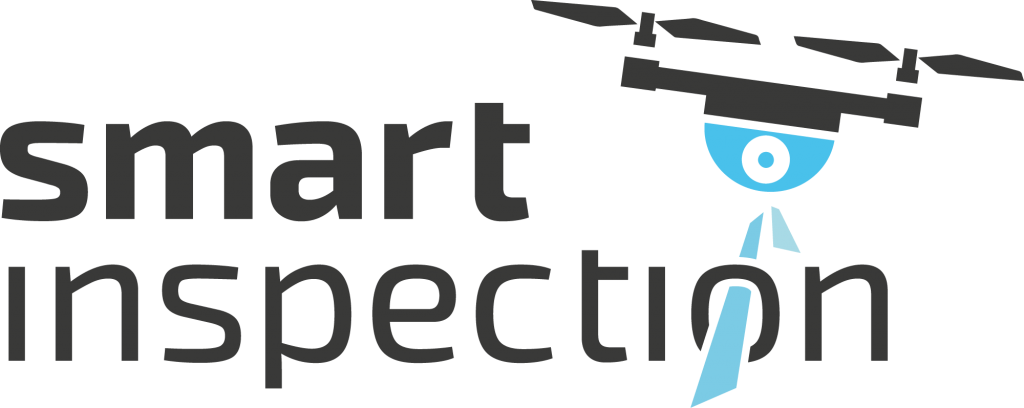Introduction
The EASA has published its new Opinion No 01/2020 “High-level regulatory framework for the U-space”, which was developed in accordance with Regulation (EU) 2018/11391 (“Basic Regulation”).
As the rising number of UAS operations in the European airspace poses safety, security and airspace integration issues, it is essential to prevent risks to air traffic, persons and property in the common airspace.
This Opinion is worldwide the first view on the use and control of drones in an urban environment, balancing the desire to maximize the commercial and convenience benefits of drones against the need to ensure the safety and privacy of citizens and the potential environmental impact on our cities. This Opinion deals with the challenge of integrating drones into urban environments, that are already densely used by ground and air traffic.
What is it about?
Following the executive summary of the Opinion, “the objective of this Opinion is to create and harmonize the necessary conditions for manned and unmanned aircraft to operate safely in the U-space airspace, to prevent collisions between aircraft and to mitigate the air and ground risks. Therefore, the U-space regulatory framework, supported by clear and simple rules, should permit safe aircraft operations in all areas and for all types of unmanned operations.”
As today’s air traffic management (ATM) system is already reaching its limits and as the expected UAS traffic and flying characteristics of the unmanned aircraft are different from those of manned aircraft, ATMs cannot be seen as the only appropriate means to safely and efficiently manage the upcoming UAS traffic. Consequently, there is a need to complement the existing European Regulations for UAS operations in the “open” and “specific” categories with an European regulatory framework that enables harmonized implementation of U-space and is adapted to the task of ensuring safe management of UAS traffic.
This is where U-space enters into the picture. “U-space” is the term used in the European Union to refer to the management of traffic for unmanned aircraft. It is meant as a set of services provided in a specific volume of airspace designated by the Member States to manage a large number of UAS operations in a safe and efficient manner. It is an enabler to manage more complex and long-distance operations, and to ensure that operations such as beyond visual line of sight (BVLOS) operations or urban air mobility (UAM; so called “taxi drones”) are supported with services that enhance safety, security, privacy and efficiency of these operations. It will be the competence of the Member States to designate where they intend to establish the U-space airspace over their territory.
The ultimate objective of U-space in its final stage (ie when all the necessary U-space services are defined, developed, demonstrated, validated and available/deployed) is to prevent collisions in the U-space airspace (the geographical zone) between manned and unmanned aircraft and mitigate the air and ground risks, eg via sharing essential traffic information like real-time information regarding actual positions in BVLOS operations in the U-space airspace.
Another key objective of this proposal is to create a competitive U-space services market (such as traffic information services, tracking services, weather information services etc) that leads to safe and sustainable operations in the U-space airspace. The U-space services are designed to prevent collisions between UAS and manned aviation.
The new Opinion also intends to support a level of environmental protection, security and privacy so that UAS operations are acceptable to the public. For this purpose the U-space services shall ensure, as much as possible, that environmental and privacy requirements are met (eg definition of areas with respect to acceptable noise levels, definition of sensitive areas such as bird protection zones, foreseen planning of flights through areas with people, facilitating the protection of privacy due to data exchange between the U-space participant etc).
What’s next?
This Opinion proposes an effective and enforceable regulatory framework to support and enable operational, technical and business developments, and provide fair access to all airspace users, so that the market can drive the delivery of the U-space services to cater for airspace users’ needs.
For that, the Opinion contains a draft regulation and already has been presented to the European Commission as a basis for future legislation. Thus it represents the first building block for the establishment of the U-space in Europe and for a regulatory framework that will allow a safe and secure co-existence of drones with all other activities in any environment which is acceptable to the public. Besides that, it intends to allow immediate implementation of the U-space after the entry into force of the Regulation.
This Opinion is, as stated, a first step. In addition, a full integration of the airspace used by manned and unmanned aircraft will be mandatory in the future.

